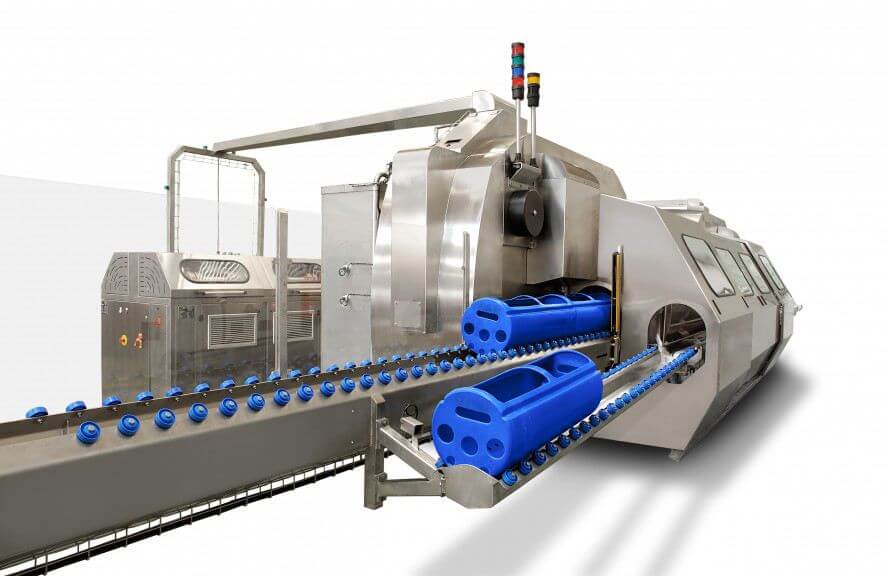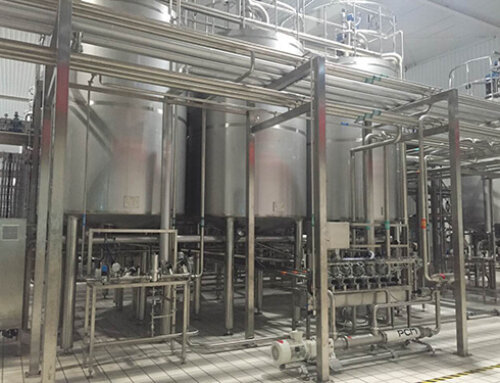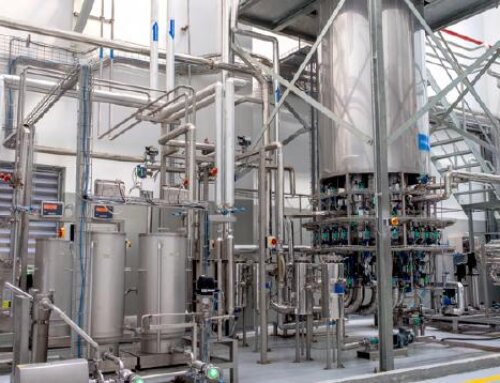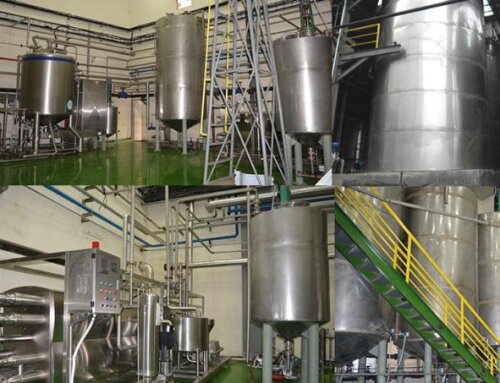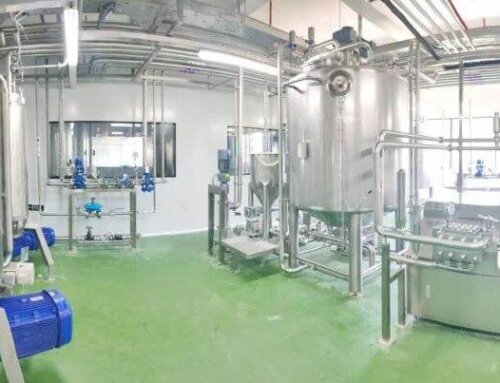Juices are popular beverages among people of all ages, as they offer a refreshing and nutritious drink option. Fresh juices are consumed worldwide for their rich nutrient content and health benefits. However, fresh juices also have the potential to harbor harmful bacteria, which can cause foodborne illnesses. In order to make juice safe for consumption, pasteurization is an essential process. In this blog post, we will discuss the juice pasteurization process, its working principle, and the types of pasteurizers used in the juice processing industry.
Definition
The purpose of fruit juice sterilization is to kill the pathogenic bacteria and spoilage bacteria in the juice, and destroy the enzymes in the juice so that the juice will not deteriorate during storage. Fruit juice sterilization often adopts the UHT sterilization process or pasteurization process. UHT sterilization process is usually sterilized at a high temperature above 100°C, and the pasteurization process at a temperature below 100°C.
Common microorganisms in the juice include yeast, coliform bacteria, yeast and mold, etc. Juice pasteurization is a heat treatment process that destroys harmful bacteria, viruses, and other microorganisms. Due to the low pasteurization temperature, the juice nutrients and color can be well preserved during the pasteurization while killing pathogenic in juice. But it should be noted that the pasteurization temperature cannot kill the heat-resistant bacillus, but because the juice is high acid product (pH below 4.5), the acidity in the juice can inhibit its growth and reproduction, so the juice after the pasteurization can also have a long shelf life.
It is a crucial process in industrial juice production plants. The pasteurization process involves heating the juice to a specific temperature(below 95-98℃) for a specific period of time(10S-30S) according to the different juice. The purpose of pasteurization is to reduce the microbial load in the juice without affecting its nutritional quality and flavor.
Working Principle
The working principle of juice pasteurization is based on the destruction of microorganisms by heat. Pasteurization involves heating the juice to a specific temperature for a specific period of time. The exact temperature and time required for pasteurization depend on the type of juice and the level of microbial contamination. Generally, juice pasteurization involves heating the juice to a temperature of 85-98°C for a period of 15-30 seconds.
During the pasteurization process, the heat destroys harmful bacteria, fungi and viruses, and other microorganisms present in the juice. The heat treatment also helps to reduce the enzymatic and microbial spoilage of the juice, which can lead to off-flavors and odors. The pasteurization process can be carried out using various methods, such as flash pasteurization, tunnel pasteurization, and high-pressure processing.
Juice Pasteurizing Process Introduction
The pasteurization process is designed to strike a balance between ensuring the safety of the final product and preserving the flavor, color, and nutritional quality of the juice.
The pasteurization process for fruit juice typically involves two processes. The first process is aimed at killing microorganisms and deactivating pectin methyl esterase (PME), an enzyme that causes cloud loss or gelation. This is usually done by heating the juice to a temperature of 95-98°C for 10-30 seconds.
In the second step, the juice is heated, and the pasteurization temperature is 85°C for 15-30 seconds. Once the juice has undergone pasteurization, it can be aseptically packaged and stored under ambient conditions. This ensures the juice remains safe for consumption and preserves its quality over time.
The pasteurization work process typically involves the following steps:
—Preheating: The juice is preheated to about 55℃to homogenization and degassing with hot water by plate heat exchanger or tube heat exchanger, it can help reduce the thermal shock to the juice as it enters the pasteurization process. Preheating also helps to improve the efficiency of the pasteurization process.
—Pasteurization: The preheated juice is then heated to a specific temperature and held in tubes for a specific period of time to kill harmful microorganisms. The temperature and duration of the pasteurization process depend on the type of juice being processed, as well as the specific requirements of the juice manufacturer.
—Cooling: After the pasteurization process, the juice is rapidly cooled to the filling temperature for packing into the containers by the cooling water or ice water in the heat exchanger.
Juice Pasteurizer Introduction
Juice pasteurizers are specialized equipment used in the juice industry to carry out the pasteurization process.
The most commonly used in juice pasteurization is a plate pasteurizer or tubular pasteurizer. And this pasteurizer is mainly composed of a plate heat exchanger or tube and shell heat exchanger, through steam to heat water and use the hot water in the heat exchange to do the pasteurization process, The whole heat process is mild and so the during the pasteurization process, the juice can retain the color, taste and nutrient. This type of pasteurizer is used for heat treatment juice before filling.

Another pasteurizer that is used in the juice processing industry is water bath pasteurizer/spray pasteurizer, this pasteurization process is carried out in the containers such as bottles, cans or pouches. The working process is that after the juice is filled into the containers, then the container will be conveyed into the water bath or spray pasteurizer, the steam will heat the water and the hot water will be sprayed onto the containers or the containers will be water bathed into the hot water to realize the pasteurization effect. The water bath pasteurizer or spray pasteurizer typical pasteurization process is 95-98℃ holding for 15-20minutes then cooled to room temperature for packing, they are mainly used in hot filling juice production lines.

There is one more pasteurizer named HPP system, this pasteurization technology is also called high-pressure processing system, it uses very high pressure(about 500-600mPa pressure) applied to the juice for 3-5min to inactivate bacteria in the juice. With this pasteurization process, as it is room temperature pasteurization, so the end product juice will have a better color, nutrition and flavor compared to the heat treatment juice. The juice after HPP treatment, the shelf life can reach 30-120 days based on different juice and package.
